What Is An Architectural Pattern in Software?
An architectural pattern is a reusable route to solve a frequently occurring problem, similar to formulas in math. If software provides the instructions a computer needs to complete a given task, the software structure design is the path the software takes to do so. It’s important to note that an architectural pattern isn’t a complete design you can just plug in; it’s more of a template we can manipulate to solve problems in various situations. While you may not need to have an architectural pattern, the software is far more likely to function well if you do.
Benefits Of An Architectural Pattern
Like many aspects of life, when you come across a problem in software development, chances are, someone else has faced a similar issue. Perhaps the most significant benefit to utilizing software design patterns is that it allows us to capitalize on other developers’ knowledge; software patterns offer tested, proven ways to solve common problems.
Another advantage of architectural patterns is the time they save coders. When using a pattern, coders no longer need to plan everything from scratch – they have a tried and true method to base their work.
Software patterns also create a widely accepted vocabulary for developers. It’s much simpler to say the software uses a client-server pattern than explaining a program’s intricate inner workings – naming the method makes it easier to reuse.
Common Architectural Patterns
Layered
A layered pattern is on of the most well-known forms of software structure design. With this pattern, the program is divided into layers, where each layer completes a service for the one below. The exact layers may vary, but you’ll most often see the following:
- A Presentation or UI layer
- An Application layer
- A Business or Domain layer
- A Persistence or Data Access layer
The user typically starts the process by completing an action in the presentation layer, such as clicking a button. From there, the presentation layer calls on the layer below, the application layer. You’ll see this form of software structure design in many standard business apps, general desktop apps, and E-commerce apps.
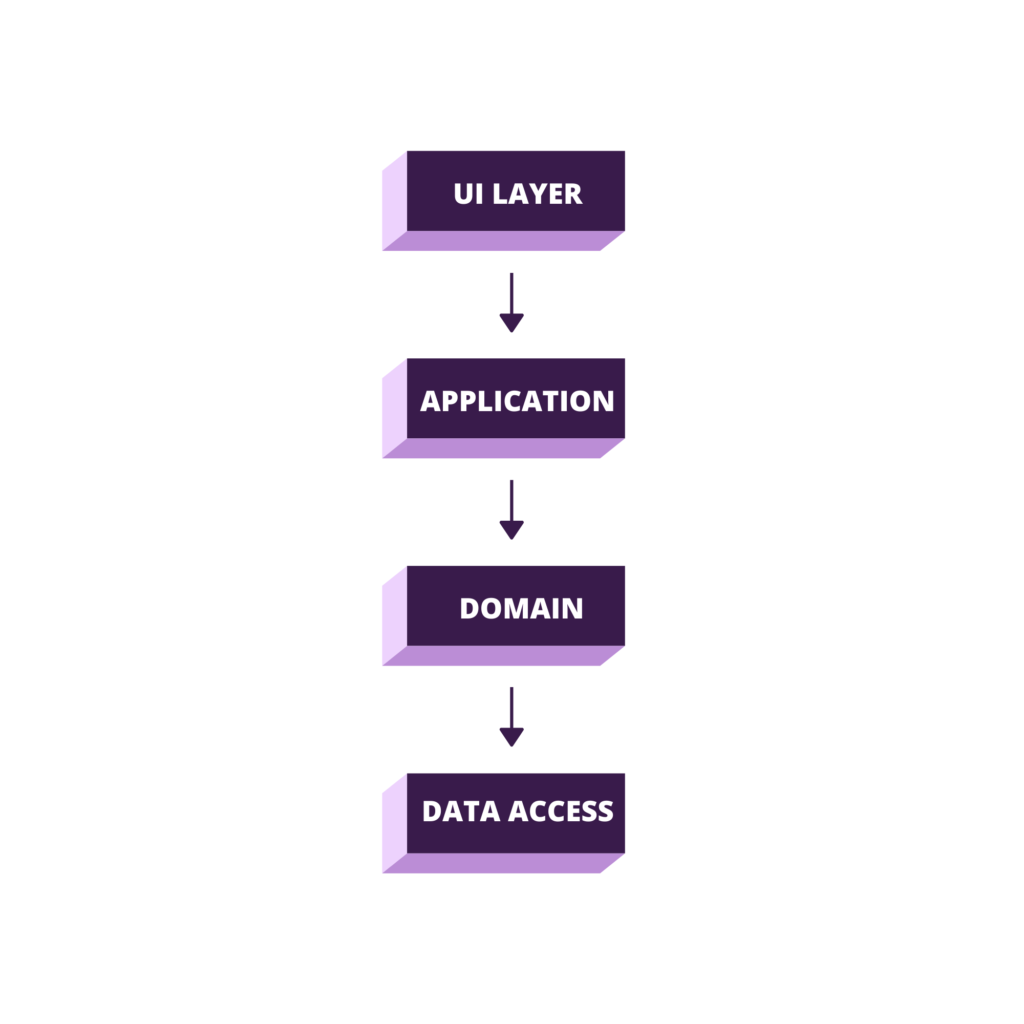
Client-Server
With a client-server pattern, clients request services from the server. The server then provides the client with the resources it needs, such as files and processing power. While there is typically only one server in this software structure design, it can handle numerous clients. You’ll often see this pattern with online applications such as email, document sharing platforms, and virtual banking.
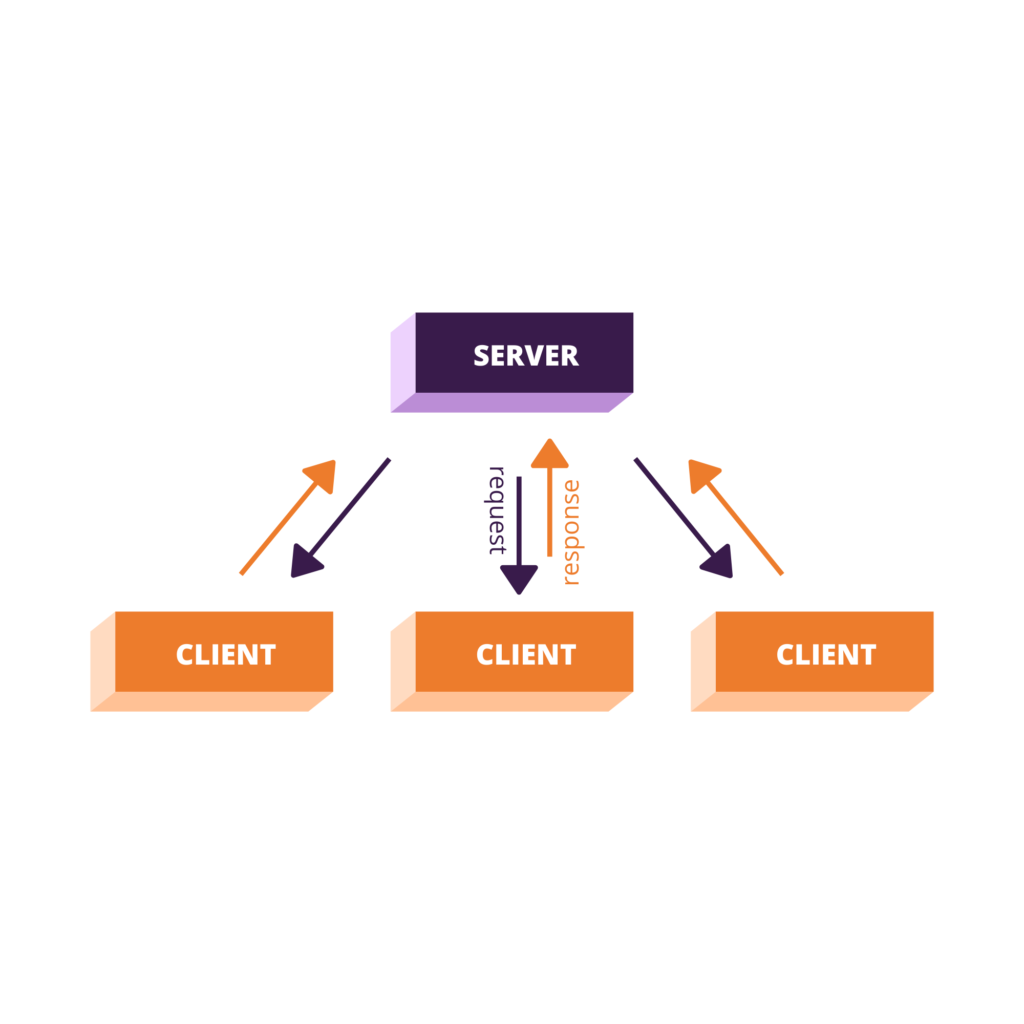
Primary-Secondary
In the primary-secondary pattern, the primary component launches synchronized secondary components to complete tasks simultaneously. While the secondary components are completing their work, the primary component gathers the results and waits for more commands.
This pattern is instrumental when you have multiple processes that need to run simultaneously, such as when responding to user interface controls while collecting data. It is also commonly used in database replication, the digital copying of data from one server/database to another.
In the past, this pattern has also been known as Master-Slave, but due to the historical implications, many institutions have chosen to replace the name with more current terminology, such as Primary-Secondary, Source-Replica, Controller-Peripheral, or Initiator-Follower.
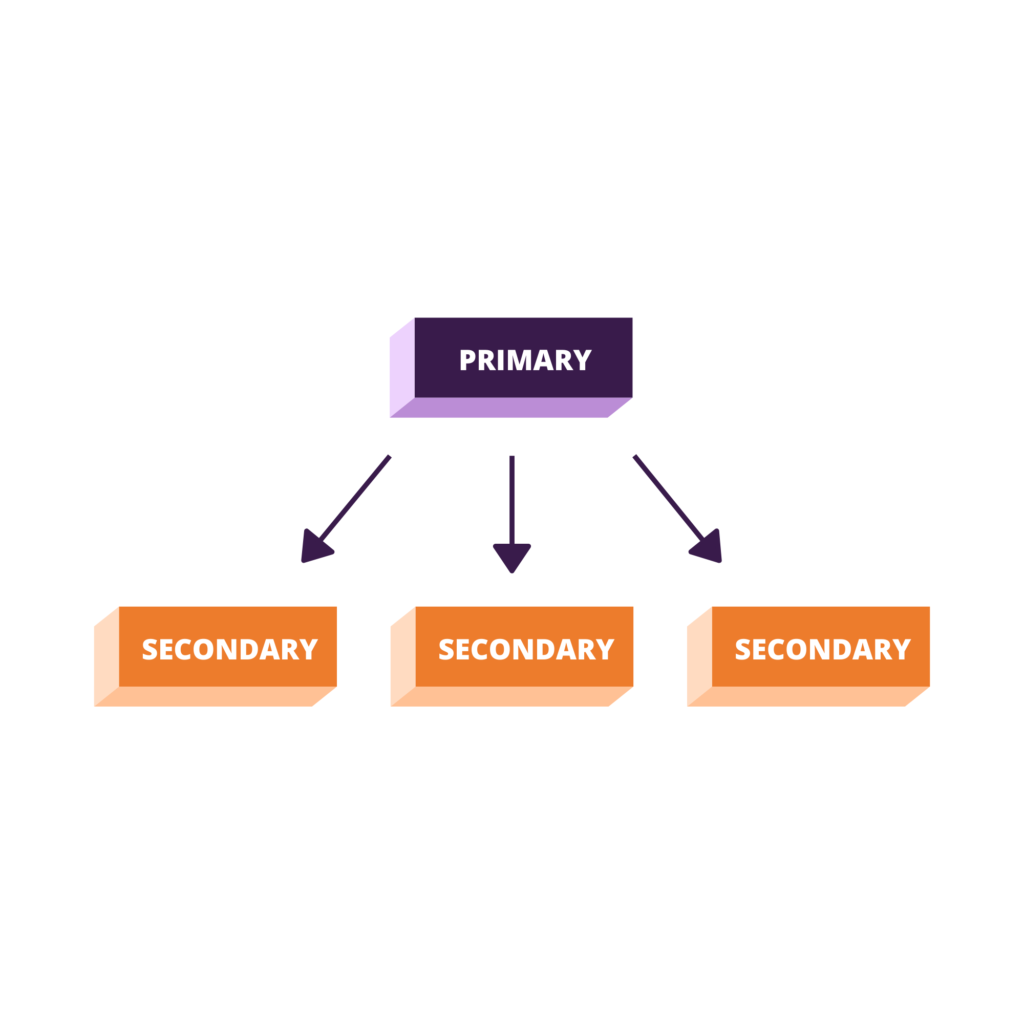
Peer-to-Peer
The peer to peer pattern is unique in that each component acts as both the client and the server. As a client, they request services from the server, and as a server, they provide the services requested from the client. Due to its decentralized nature, this pattern is considered more secure than many of the others, so it’s a great option for filesharing platforms and cryptocurrency.
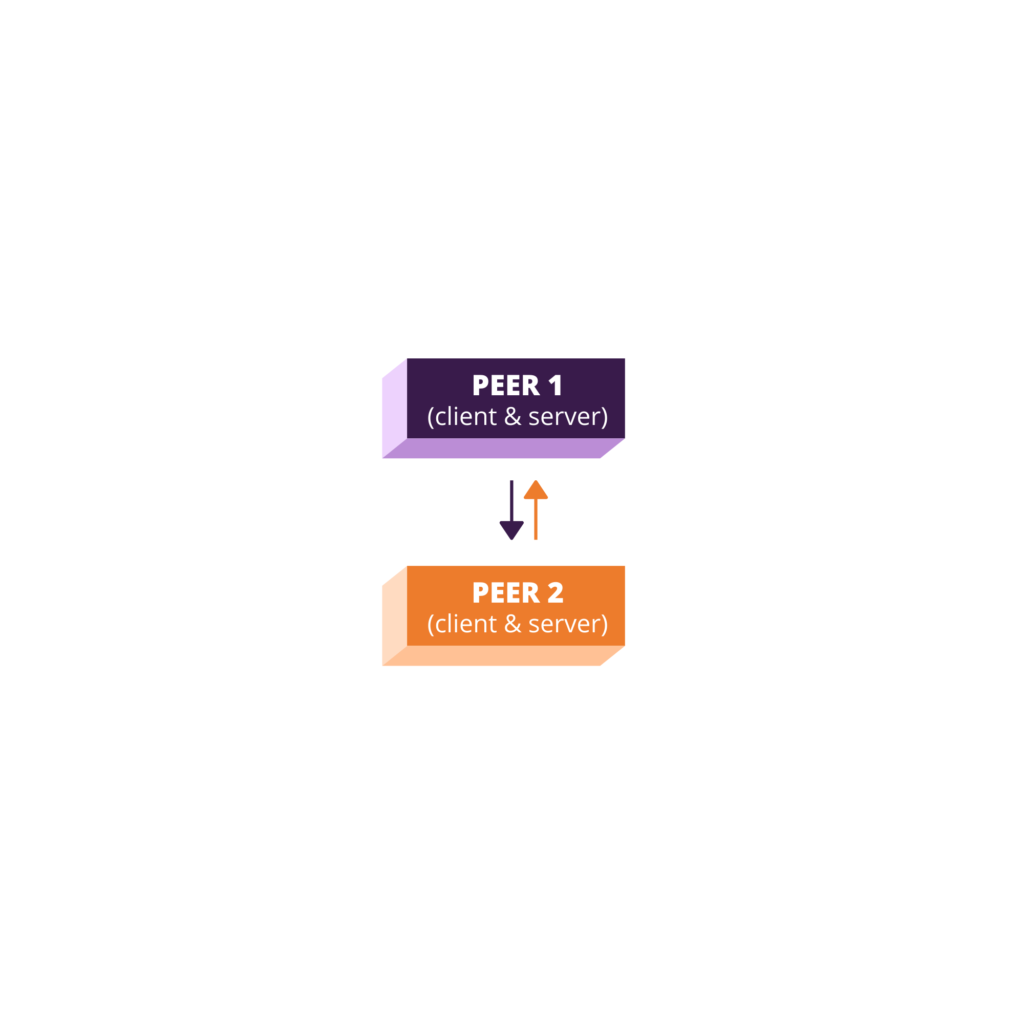
Pipe-Filter
A pipe and filter software structure design is an excellent option for asynchronous data processing. With this pattern, the source’s data is moved through ‘pipes’ to filters, where it is transformed from one format to another. A pipe and filter pattern is often used in compilers, Unix-based systems, and bioinformatics workflows.
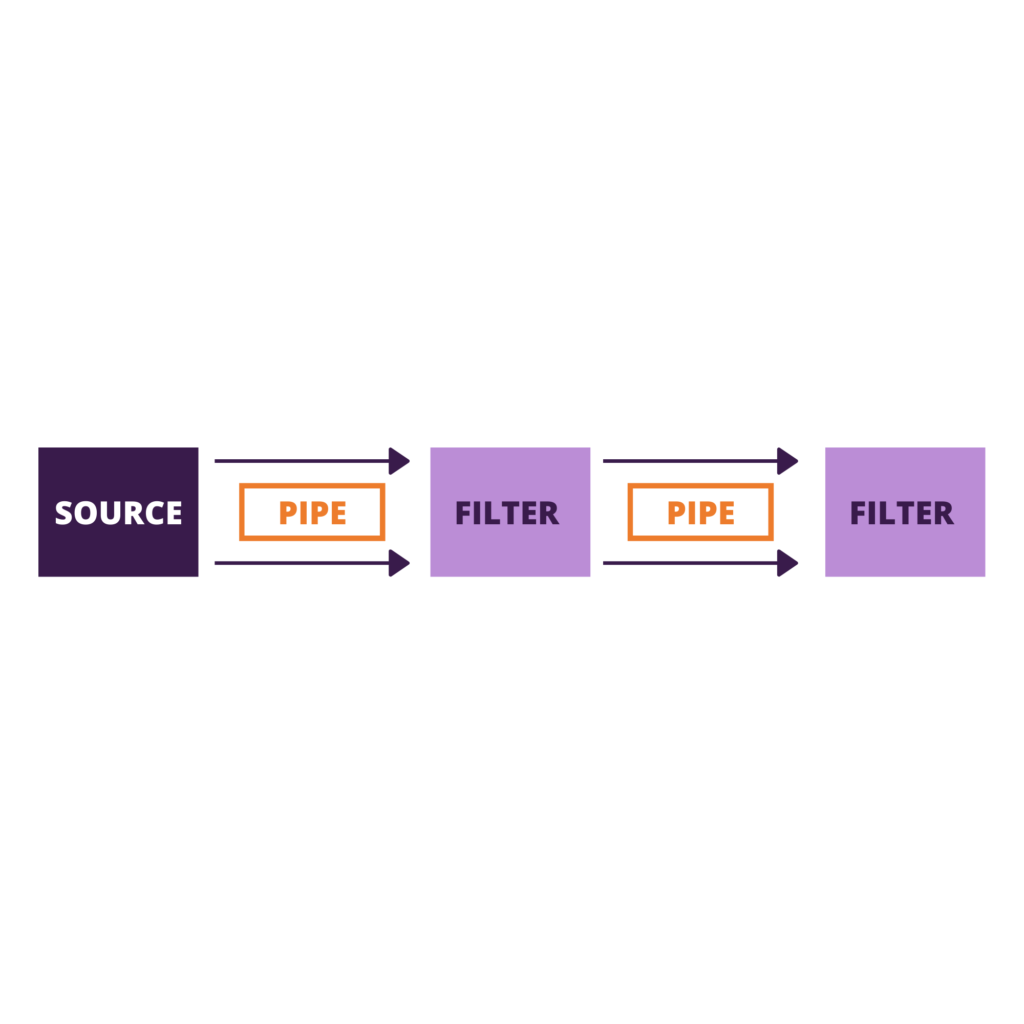
Broker
A broker software pattern contains a client, a broker, and numerous servers. The clients send requests to the servers, the server sends responses to the clients, and the broker coordinates the communications between them. This software structure design is used in message broker software, allowing applications to exchange information and communicate with one another.
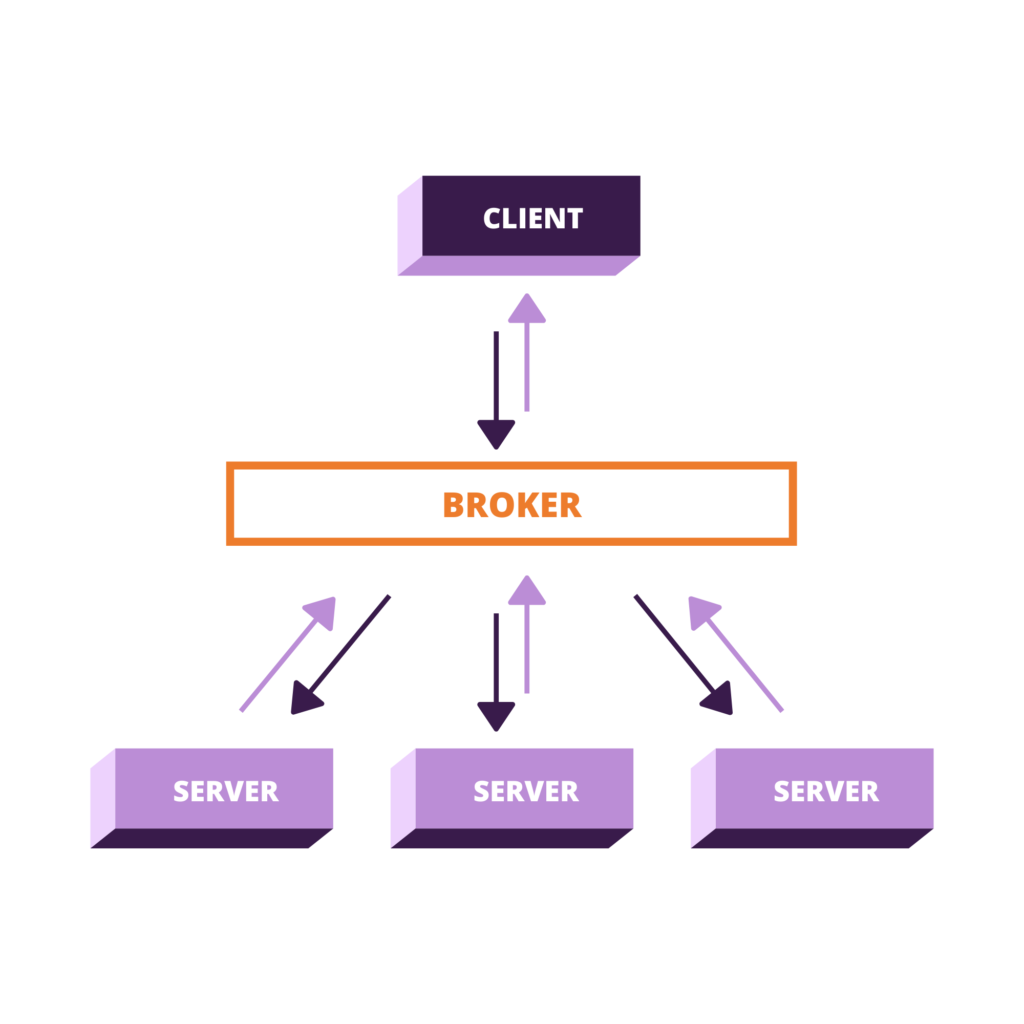
Event-Bus
The Event-Bus pattern contains four main elements, the source, the channels, the listeners, and the event bus. The source sends inputs to channels on the event bus, which routes the information to the appropriate listener. Listeners can subscribe to one or multiple channels, and they will remain inactive if the data isn’t relevant to them. This pattern is useful for android development, sites using javascript, and notification services.
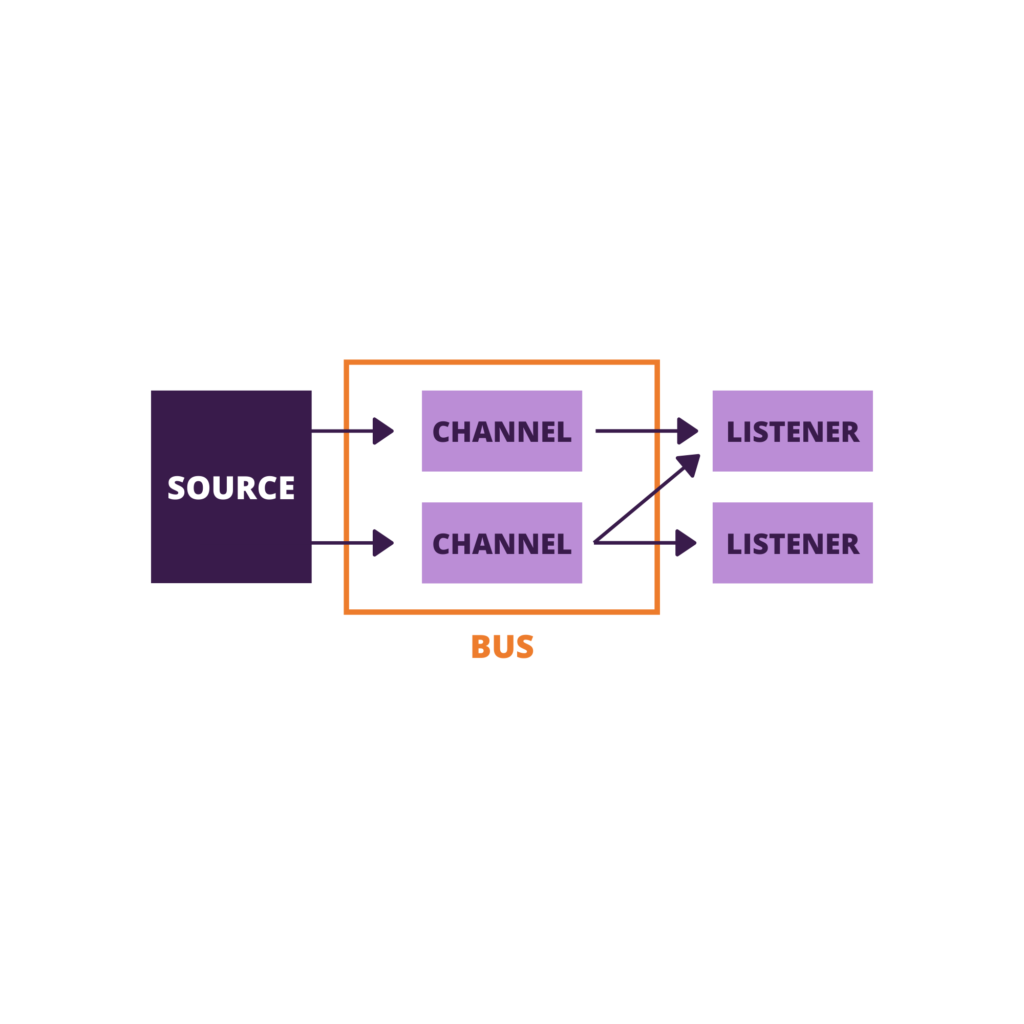
Model-View-Controller
The Model-View-Controller pattern, often abbreviated to MVC, is a prevalent web application pattern in major programming languages. In this pattern, the model, independent of the controller and view, represents the data. The controller sends data from the model to the view and interprets the user’s actions, such as pressing a button. The view then displays the information for the user.
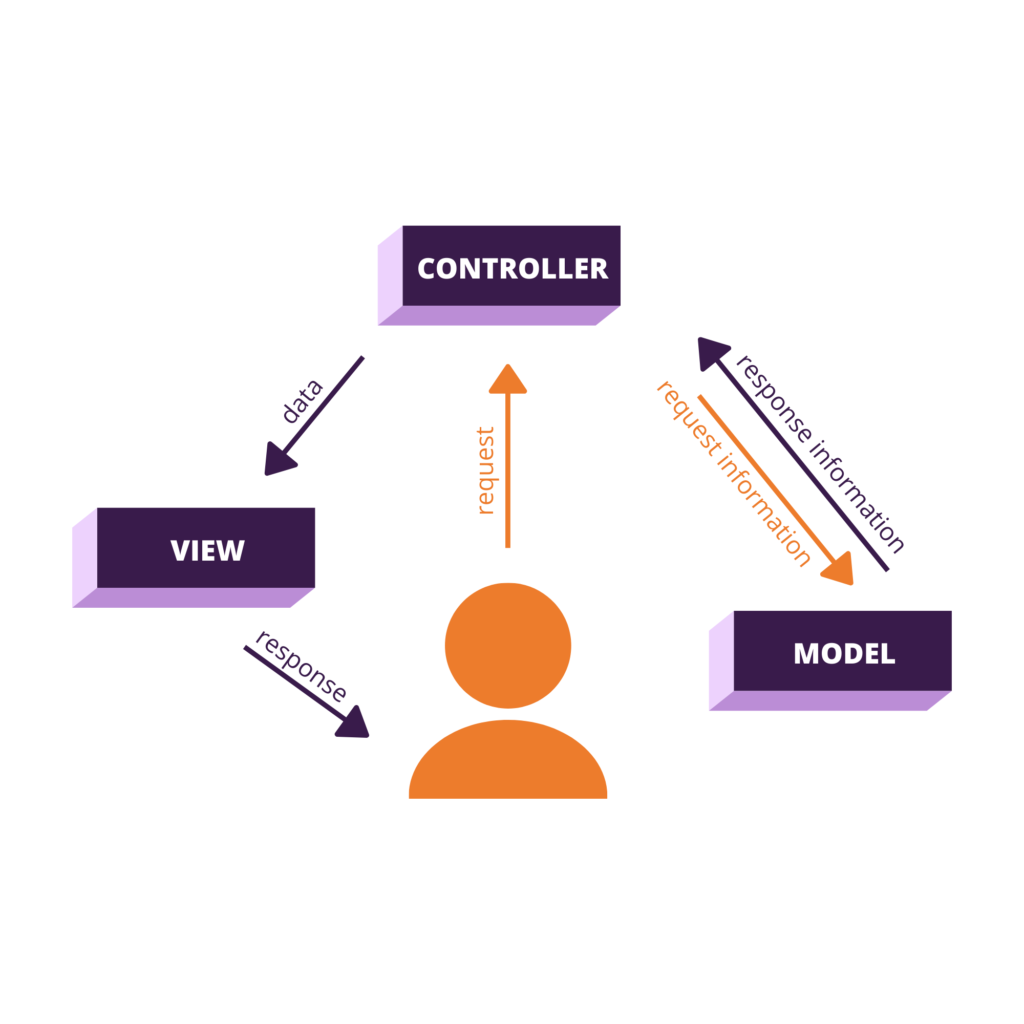
Building Your Application With Vice Software
In this blog, we’ve touched on eight of the most common software structure design patterns, but that’s just the tip of the iceberg. Whether you’re a seasoned programmer or reading these terms for the first time, Vice Software is here to help you build the powerful applications you need. Ready to get started? Contact us today! We can’t wait to work with you.

